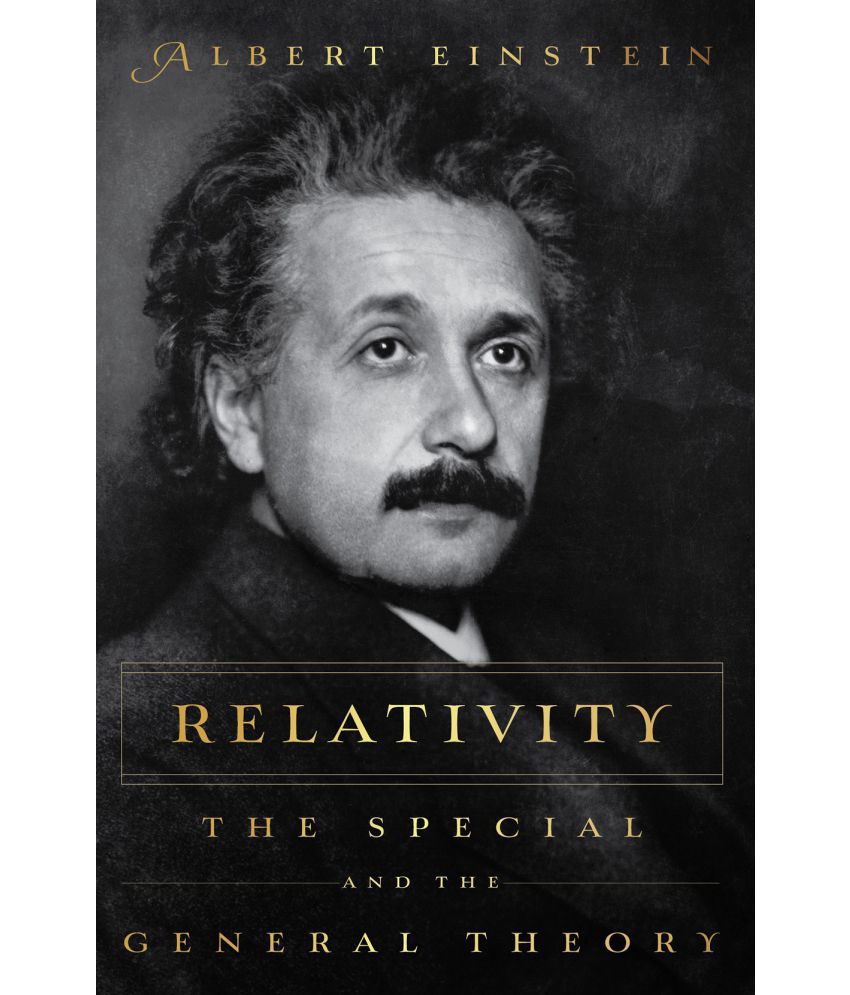Something went wrong. Please refresh the page and try again.
Something went wrong. Please refresh the page and try again.
Notifications can be turned off anytime from settings.
Item(s) Added To cart
Qty.0
Something went wrong. Please refresh the page and try again.
Something went wrong. Please refresh the page and try again.
Exchange offer not applicable. New product price is lower than exchange product price
Please check the updated No Cost EMI details on the payment page
Exchange offer is not applicable with this product
Exchange Offer cannot be clubbed with Bajaj Finserv for this product
Product price & seller has been updated as per Bajaj Finserv EMI option
Please apply exchange offer again
Your item has been added to Shortlist.
View AllYour Item has been added to Shopping List
View All

No Cost EMI of Zero Emi Vendor applied on the product
You selected EMI of for monthsChangeGenerally delivered in 5 - 9 days
Item is available at . Change
You will be notified when this product will be in stock
| ||||||||||||||
Along with quantum mechanics in the 1920s, Einstein’s Special Theory of Relativity (1905) and General Theory of Relativity (1916) stand as the supreme achievements of twentieth-century physics.\nIn simplest terms, the theory of Relativity is an approach to the measurement and study of space and time. The theory assumes that findings are based upon the relation of the frame of reference to the objects measured. The Special Theory of Relativity is primarily concerned with electric and magnetic phenomena. The General Theory focuses on gravity—not as a force as Newton postulated—but as a curved field in the space-time continuum, created by the presence of mass.\nRedesigned to present an easier reading, Relativity includes both explanatory illustrations and mathematical derivations of Einstein’s theories. This book brings out the great scientist’s remarkable ability to penetrate directly into the heart of the subject and yet remain lucid and accessible.
About the Author
Born in 1879 in Germany, Albert Einstein became an American citizen in 1940. Winning the 1941 Nobel Prize for Physics, Einstein is known for his famous Theory of Relativity. His theories have remarkably shaped the atomic age, especially during World War II. He died in 1955, leaving behind profound and far-reaching implications of his work.
The images represent actual product though color of the image and product may slightly differ.
Snapdeal does not select, edit, modify, alter, add or supplement the information, description and other specifications provided by the Seller.
Register now to get updates on promotions and
coupons. Or Download App